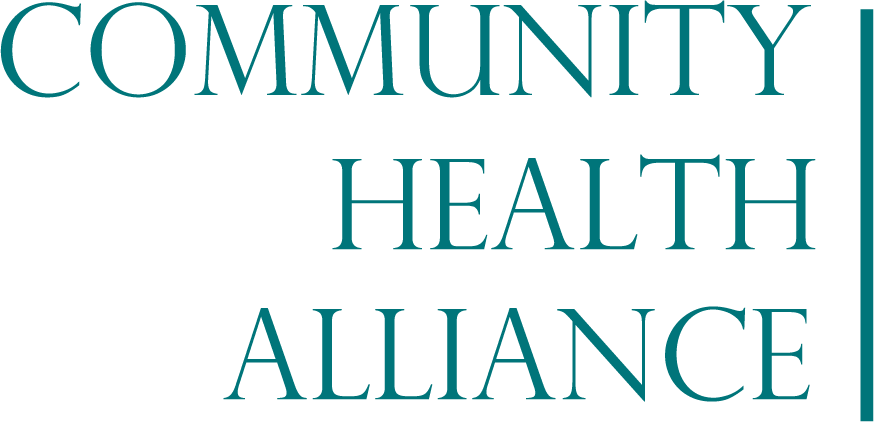World Autism Month
April 2nd is World Autism Awareness Day
Community Health Alliance takes the pledge to help create a world where all people with autism can reach their full potential. Community Health Alliance pledges to help increase understanding and acceptance of autism. Learn more about World Autism Month here.
What is Autism?
Autism refers to a broad range of conditions characterized by challenges with social skills, repetitive behaviors, speech, and nonverbal communication. According to the Centers for Disease Control, autism affects an estimated 1 in 44 children in the United States today. There is not one autism, but many types, most influenced by a combination of genetic and environmental factors. Autism is a spectrum disorder, which means each person with autism has a distinct set of strengths and challenges.
Signs and Symptoms of Autism Spectrum Disorder
Autism spectrum disorder (ASD) often begins before the age of 3 years and can last throughout a person’s life, although symptoms may improve over time. Some children show symptoms within the first 12 months of life. Some children with ASD meet developmental milestones until around 18-24 months of age then they stop gaining new skills, or lose the skills they once had. Updated criteria for diagnosing ASD include problems with social communication and interaction, and restricted or repetitive behaviors or interests. Learn more about autism spectrum disorder here.
Social Communication and Interaction Skills
Here are a few examples of social communication and social interaction characteristics related to ASD:
- Avoids or does not keep eye contact
- Does not respond to name by 9 months of age
- Does not show facial expressions like happy, sad, angry, and surprised by 9 months of age
- Does not play simple interactive games like Pat a Cake by 12 months of age
- Uses few or no gestures by 12 months of age
- Has trouble understanding other people’s feelings or talking about own feelings at 36 months of age or older
Restricted or Repetitive Behaviors or Interests
Here are a few examples of social communication and social interaction characteristics related to ASD:
- Lines up toys or other objects and gets upset when order is changed
- Repeats words or phrases over and over
- Plays with toys the same way every time
- Is focused on parts of objects (e.g., wheels)
- Gets upset by minor changes
- Has obsessive interests
- Must follow certain routines
- Has unusual reactions to the way things sound, smell, taste, look, or feel
Recognizing Dr. Danielle Stage
Dr. Danielle Stage, one of Community Health Alliance’s pediatricians, is the senior physician at Nevada Early Intervention Services (NEIS) for Northern Nevada and the rural regions. One of her main roles at NEIS is assessing and diagnosing children with autism. Dr. Stage also sits on the University Center for Autism and Neurodevelopment (UCAN) autism assessment team. She is passionate about getting children diagnosed at a young age so they can receive early intervention and autism-specific therapies to maximize their functional and academic outcomes in the future.
Learn more about Dr. Stage here.
Sign Up for Our Newsletter
SubscribeSign Up for Our Newsletter
By submitting this form, you are consenting to receive marketing emails from: Community Health Alliance, https://www.chanevada.org. You can revoke your consent to receive emails at any time by using the SafeUnsubscribe® link, found at the bottom of every email. Emails are serviced by Constant Contact
By submitting this form, you are consenting to receive marketing emails from: Community Health Alliance, 680 S. Rock Blvd, Reno, NV, 89502, https://www.chanevada.org. You can revoke your consent to receive emails at any time by using the SafeUnsubscribe link found at the bottom of every email.


